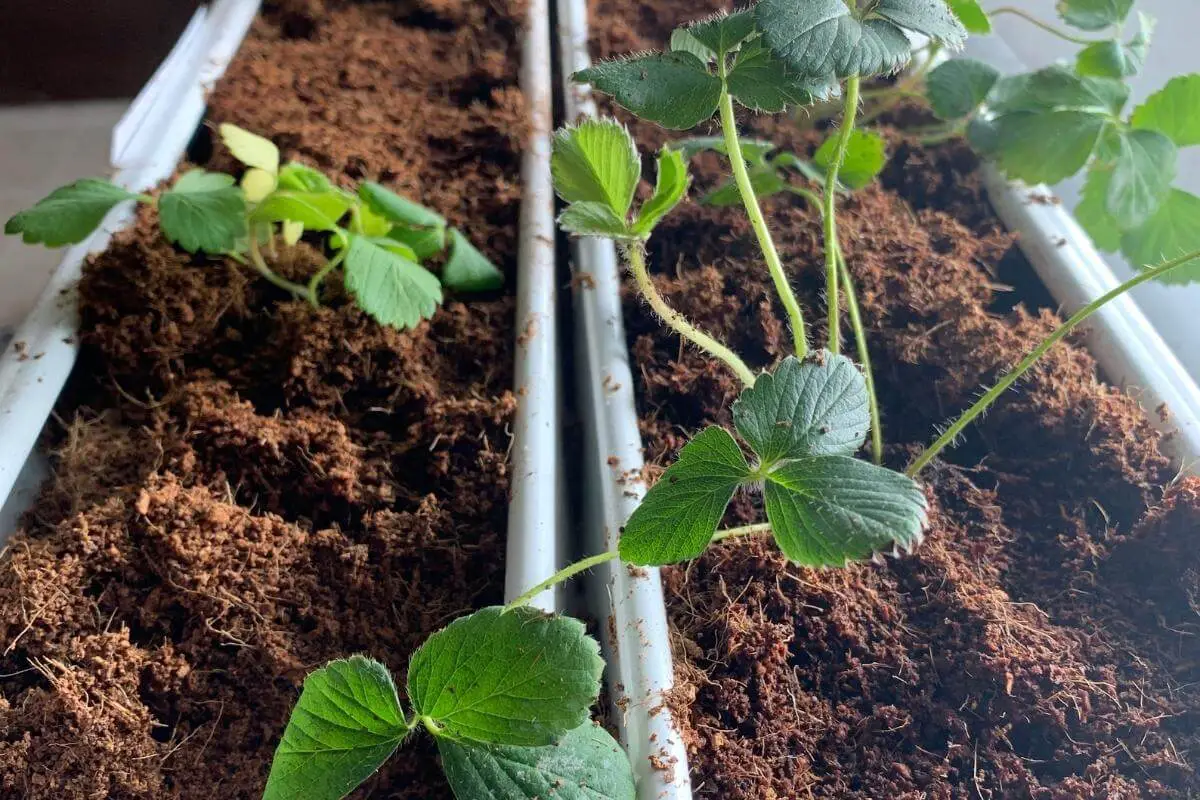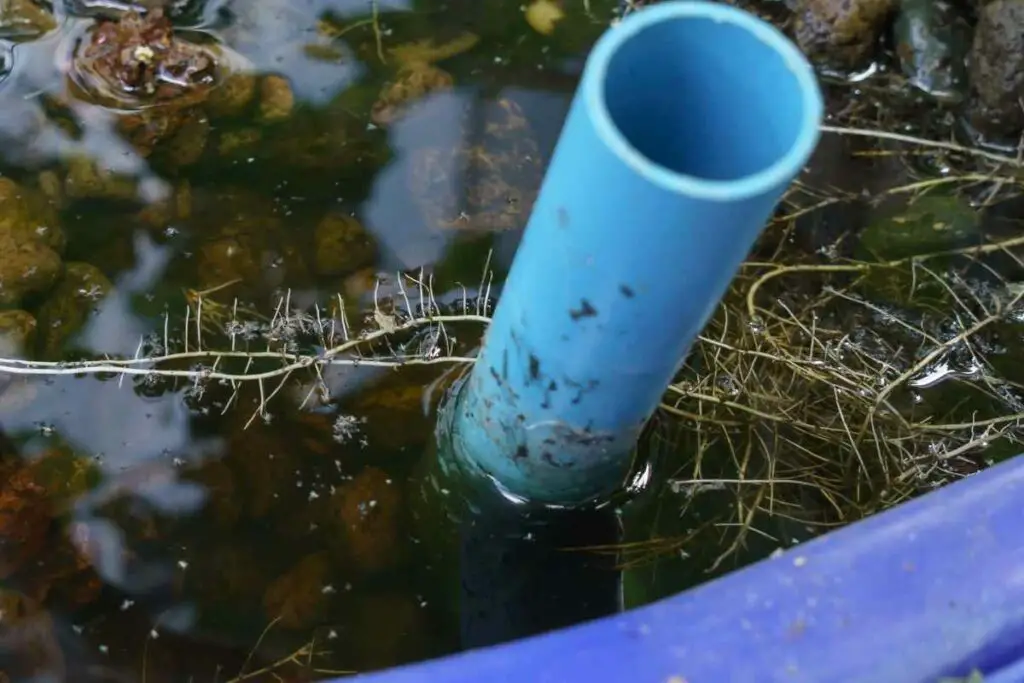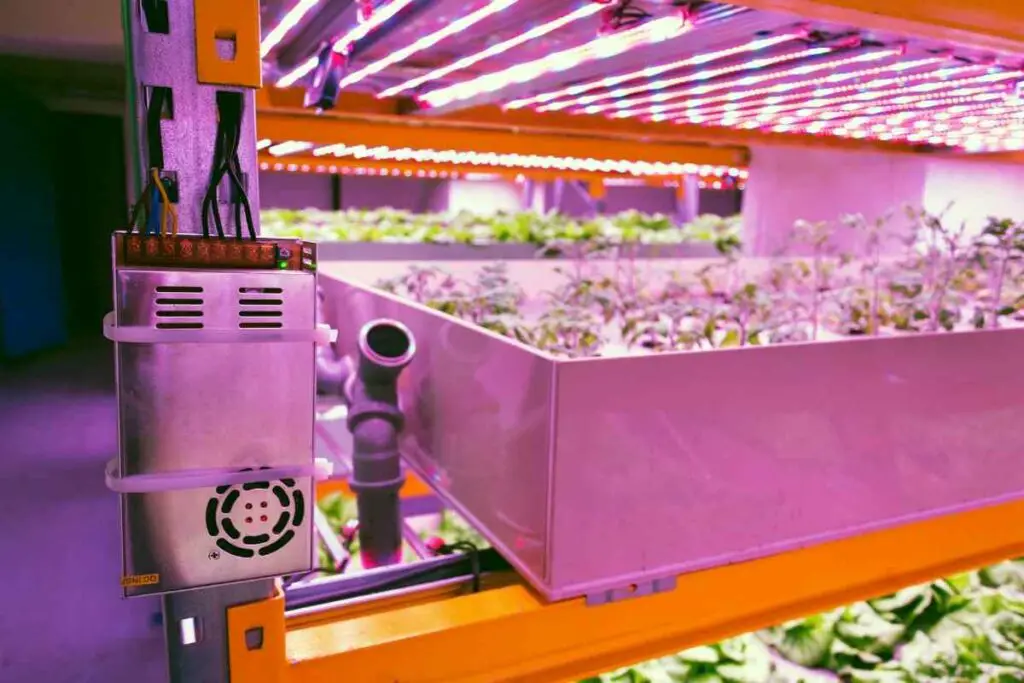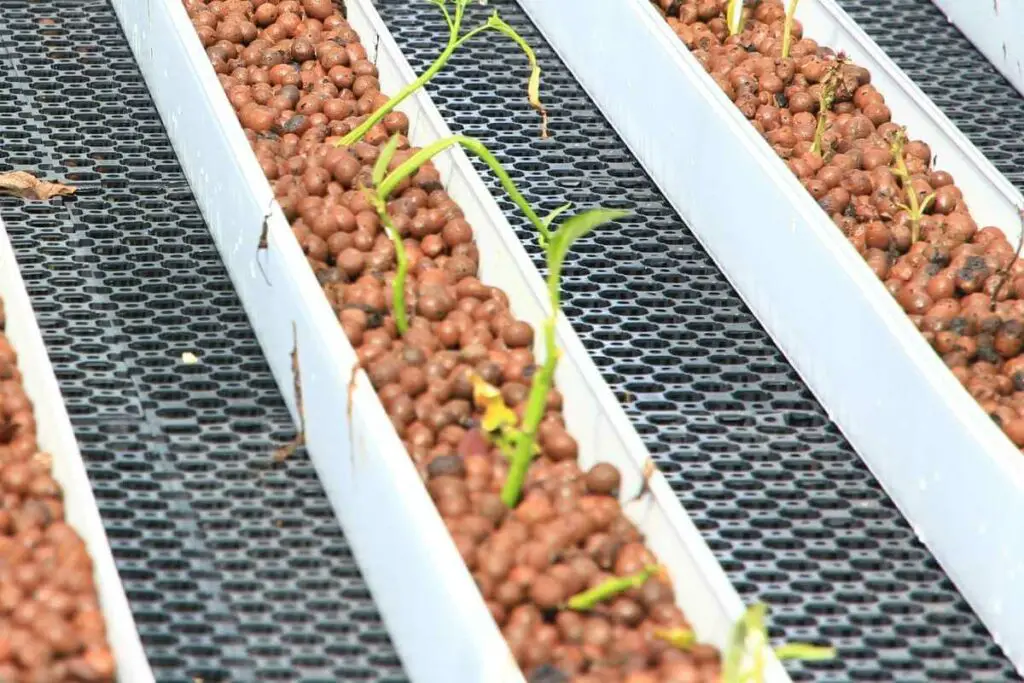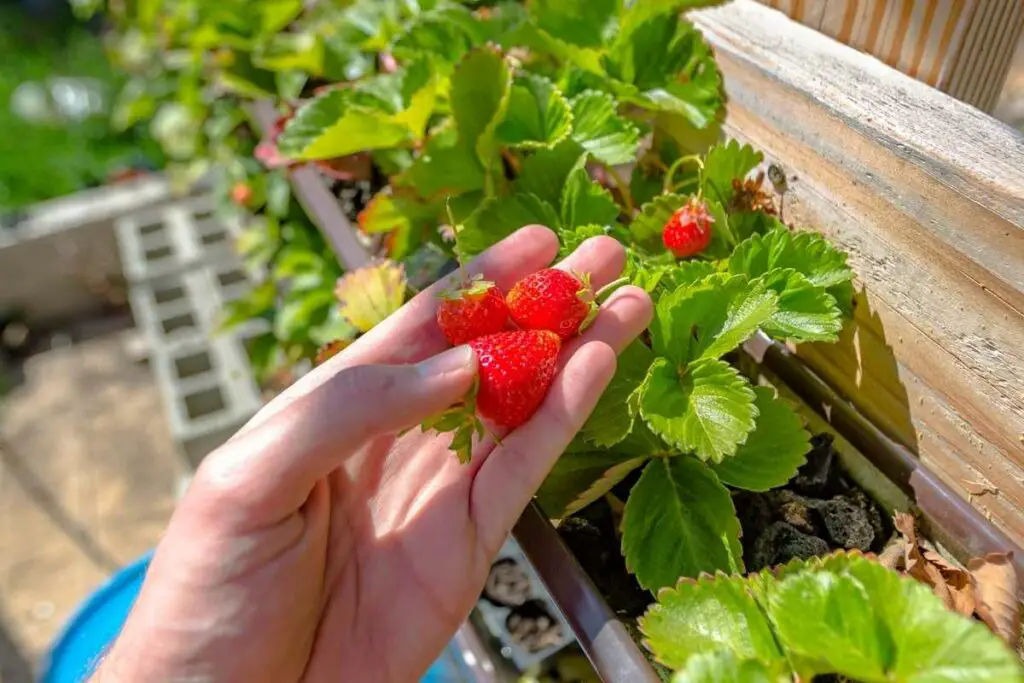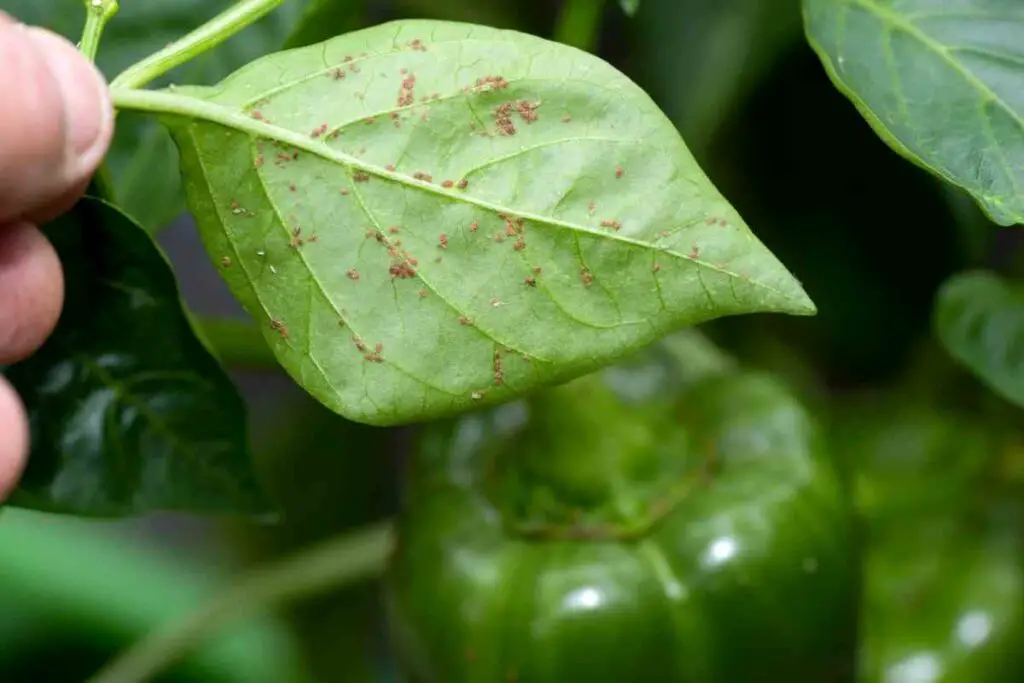Worms play a significant role in the success of an aquaponics system.
They ensure that your system stays healthy and your plants grow well.
If you’d like to add worms into your aquaponics system, below is a complete guide.
How to Add Worms in Aquaponics?
Adding worms directly to the substrate or grow bed is the most effective use of worms in an aquaponic system. Wash the worms, remove any soil from them and add them into the grow bed away from any fish that might eat them.
The Role of Worms in Aquaponics
Here are some of the reasons why worms are a must-have in your system.
Break Down Waste
Worms consume any wastes in your system, including:
- fish droppings
- food particles leftover by fish
- decaying plant roots and leaves
When the worms eat the debris, they excrete waste that forms a substance known as vermicompost.
The worms, therefore, add fertilizer to the system making your plants grow bigger and improving your yields.
This means you’ll get more usable nutrients and fewer wastes. If you leave the decaying matter, it can lead to problems with mold or algae, which slows down plant growth.
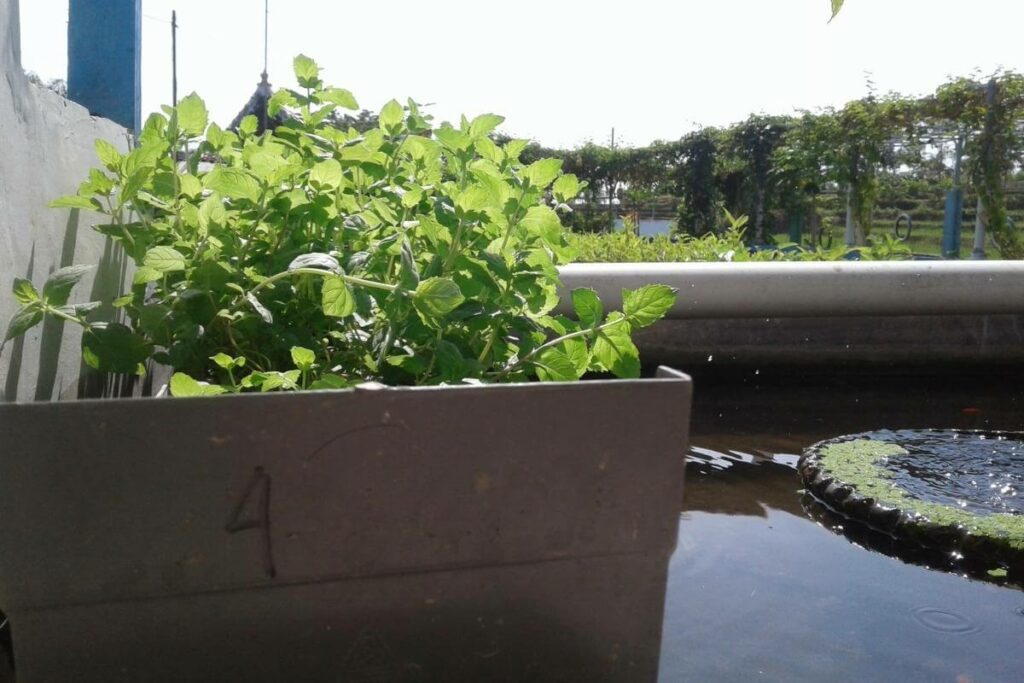
Vermicompost created by the worms becomes a substance known as vermicast when it stays in the tank for a while, especially if the water has high oxygen levels.
Vermicast helps the plants because:
- It lowers plant diseases like Verticillium, Rhitozooctonia, or Pythium.
- Reduces the chance of parasites and pests like aphids and spider mites thriving in your aquaponics system.
Apart from the scientific benefits, the worms will save you time.
You will spend less time cleaning up the grow bed. In addition, there’ll be no need for a filter, saving you the extra money.
Eliminates Pathogens
Worms can destroy and lessen pathogens that negatively affect plant and human health.
For example, earthworms release coelomic fluids.
These fluids contain antibacterial properties and work in the same way as antibiotics.
Important: As a result of this liquid, pathogens like e-Coli and salmonella are removed from your aquaponic system so your plants will be safe to eat.
Takes Care of Fish Waste
If your aquaponics system contains excess fish waste, it can result in ammonia overabundance.
This excess ammonia can kill both your plants and fish. When you add worms, they’ll eat up all the fish waste and thus, prevent it from turning into nitrate.
This will ensure that your fish and plants thrive.
Best Species of Worms for Aquaponics
The best types of worms to use in aquaponics are called red composting worms.
They look similar to the more common grey earthworms that you’ll easily find in your garden, except they are red.
The red earthworm is great for decomposition because it tends to eat a lot. It loves to feed and will eat up any decaying or dead plant matter making it very efficient.
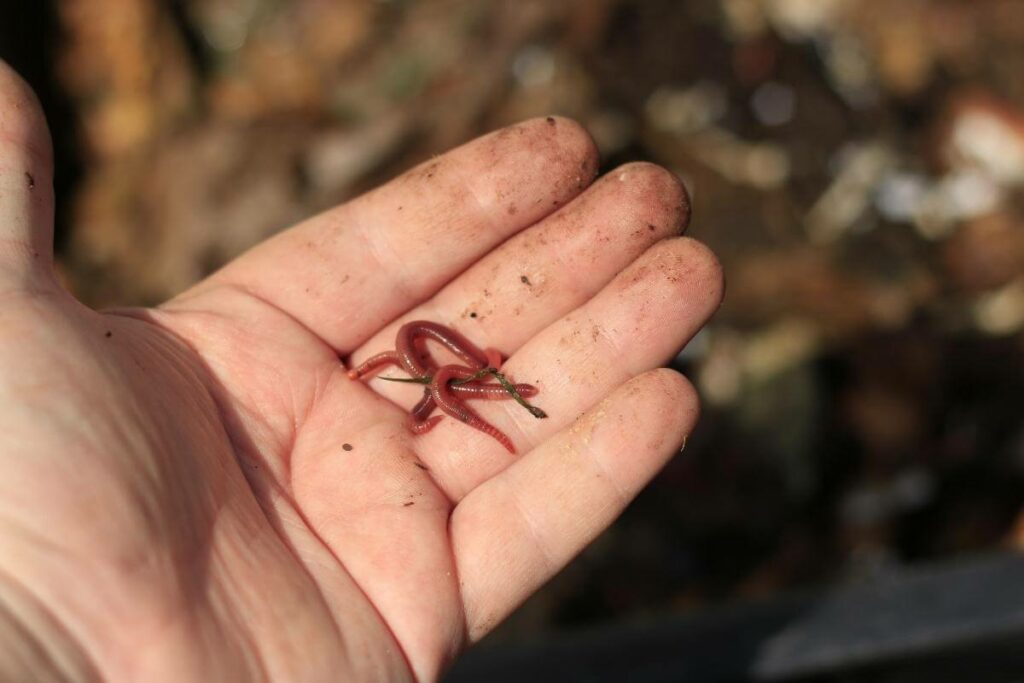
As they eat up all the food, the worms produce a lot of waste which becomes a natural fertilizer.
Remember: Regular grey worms don’t work as well as red worms because they aren’t as efficient for decomposition.
How to Put the Redworms in the System
You can add the worms to either the grow bed or the tank.
Adding Worms to the Grow Bed
It’s more common to add worms to the growbed, plus it comes with extra benefits.
As mentioned before, the worms will work their magic and remove:
- debris
- plant matter
- food and waste from the fish
Plus, you won’t have to clean out the grow bed every day.
As the worms clean out the system, they will excrete a useful fertilizer boosting the health of your system.
Adding Worms to the Tank
You can also add the worms directly into the water.
The worms will remove any sludge and algae that builds up in the tank.
This will help to keep the water and tank clean. If your tank has large fish like bluegill, the worms will be a valuable addition to the ecosystem.
However, worms will have fewer chances of surviving or thriving in a tank. You need to make sure the water is fully oxygenated and aerated otherwise; the worms will die.
So which is better, the tank or the growbed?
Worms have more benefits to your system if you put them in the growbed. Inside the tank, they only add one benefit and will be more difficult to maintain.
Choosing the Right Media for Worms
All growing media is suitable for worms.
So choose the one that’s readily available and works with your budget.

Some of the most common media include these.
LECA
LECA refers to small balls made out of clay that you can use to grow your plants in.
The main benefits include:
- Lightweight and easy to use.
- It won’t affect the pH levels in your aquaponics setup.
- Ensures adequate aeration for the plants’ roots.
- Worms will easily crawl throughout the grow bed, ensuring that they work well to break down wastes.
Lava Rock or Gravel
You can also opt for gravel or lava rock. It doesn’t change pH, and it’s easy to use.
However, it makes it harder for the worms to wiggle their way through the grow bed, which can reduce the efficiency of your system.
Avoid This: You should never use limestone. This is because limestone dissolves and increases the pH of the pond.
Tips for Taking Care of Redworms in Your Aquaponics Setup
As mentioned before, try to ensure that you have enough oxygen in your tank at all times.
The grow bed will flood; this means the red worms will be entirely covered by water a lot of the time.
So you need to make sure that you drain and aerate so that your system has the right amount of oxygen.
Also, take care not to introduce pathogens when you bring the redworms into the system:
- Put them in cornmeal or oatmeal to clear their guts.
- Make sure nothing is hanging on to the skin of the worm. You need to wash them off to avoid introducing any harmful bacteria to your system.
In Conclusion
Worms are essential for the health of your aquaponics system.
The best worm to use is the redworm which is efficient at breaking down wastes.
You can put the worms in your grow bed or inside the tank, but it’s usually more beneficial to put them in the growbed.
Finally, remember to wash and purge your worms before adding them to your system to avoid introducing bacteria.
